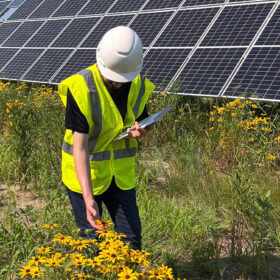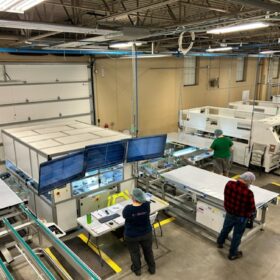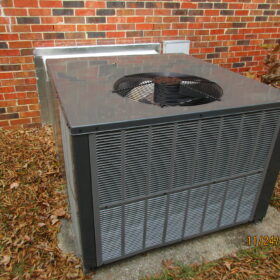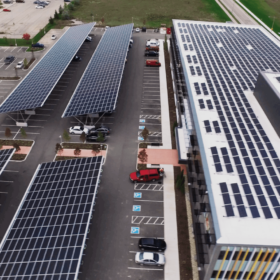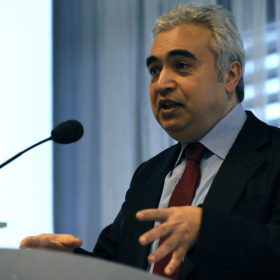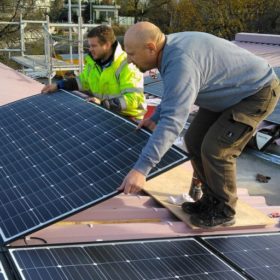The Hydrogen Stream: US researchers explore trapped geologic hydrogen
US researchers have started studying hydrogen formation in the Midcontinent Rift in the United States, while Dutch scientists have discovered that hydrogen emissions from industrial complexes are higher than previously estimated.
Powering restaurants with rooftop PV, reversible fuel cells
Researchers have simulated the operation of bifacial PV and proton exchange membrane reversible fuel cells across restaurants in five different US states. Taking into account varying rates of bifacial PV’s rearside gains, they found that LCOE was as low as $0.029 per kWh.
US solar sites linked to higher levels of insects
Scientists conducting a five-year research project in southern Minnesota have observed a tripling of insect numbers near two solar facilities built on rehabilitated agricultural land. They say the findings show how habitat-friendly solar could help protect insect populations and improve pollination in nearby agricultural fields.
Heliene expanding PV production in US market
Heliene has invested about $10 million to expand its manufacturing and assembly line in the US state of Minnesota.
Research shows heat pumps perform better than fossil fuel heating in mild cold climates
A British research group has aggregated information from seven field studies on heat pumps from around the world and has found air-source devices have an average coefficient of performance (COP) of 2.74 when temperatures are above −10 C. Below that, COP is between 1.5 and 2.
Heliene plans to manufacture 1 GW solar modules, 1.5 GW solar cells in the U.S.
Canadian-based Heliene plans a new factory in Minnesota that will begin producing modules in 2024 and cells in 2025.
The Hydrogen Stream: Standardized measurements for solar water-splitting
NREL and Berkeley Lab have proposed efficiency and stability best practices for solar water-splitting to make hydrogen, while a team of researchers from Malaysia and Pakistan have revealed their findings on the feasibility of hydrogen-based incineration.
Supply chain concerns will drive EV battery recycling policies
With electric vehicles starting to gain traction, the International Energy Agency’s updated, ten-year e-mobility forecast has suggested geopolitical and economic concerns will trump environmental niceties when it comes to encouraging recycling. But what price ever-cheaper batteries?
Residential solar set new US record in the last quarter with 712 MW
The U.S. residential solar market – and 15 states – are at record highs according to analyst WoodMac’s ‘don’t call it a comeback’ Q3 report, driven by new market forces. The research firm held its 2019 U.S. solar forecast at 13 GW.
Renesola exits Vietnam, India and Korea
The Shanghai-based project developer – which will soon relocate to the U.S. – says the profit margins are not high enough in those markets and has cancelled its project pipeline in the nations. The company has also changed its CEO after less than five months and is on a drive to reduce capital costs.


